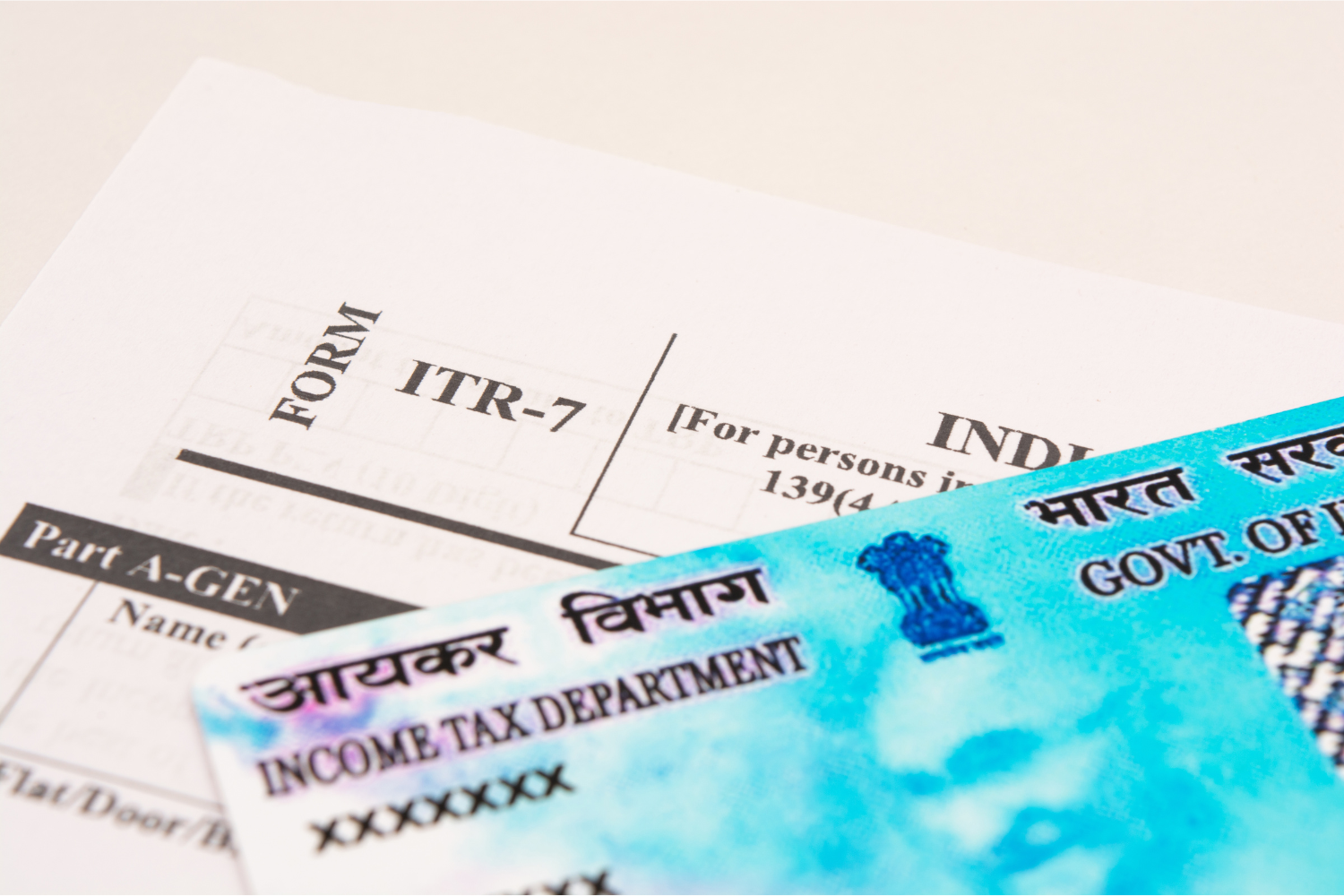How to File a Revised TDS Return
Introduction
TDS, or Tax Deducted at Source, is a regulatory system for tax collection in which tax is deducted from a person’s taxable income by the person paying the taxpayer, and the deducted tax is subsequently paid with the government. Assume A lives in a rented flat and B is the landlord who receives the rental income. And, according to the law, B is required to pay income tax on the rent received.
However, under the TDS return requirements, rather than B paying the tax directly to the government, A must deduct the tax from the rent at the rate prescribed by the Income Tax Act, and pay it to the government. This technique helps to control tax evasion because a third party is made liable for tax payment, and If the third party fails to deduct tax, they must pay the tax out of their own pockets.
In this structure, there are now three parties. The first person is the one who deducts the tax from the amount owed before making the payment. This is known as the deductor. Then there’s the person from whose earnings the tax was deducted. He is referred to as the deductee. The last partner is the government, with whom the deductor will deposit the sum deducted from taxes.
‘Filing a TDS Return’ refers to the process through which the deductor deposits the sum with the government. The deductor must fill out specific details in a regulated format and submit the form along with the tax deducted when paying the amount.
To update your TDS returns, you will need the consolidated file and justification report. The consolidated file, also known as the Conso file, comprises information on deductions made during a certain quarter, whereas the justification report contains information on errors in the TDS return that was submitted.

Steps to Filing a Revised TDS return
- The first step is to log into your TRACES (TDS Reconciliation Analysis and Correction Enabling System) account. Create an account if you don’t already have one. You will be required to register as a deductor or a taxpayer. Select the option to become a deductor.
- After you check in, you will be taken to your home screen. Statements / Payments will be an option on the main menu. Select it by clicking on it.
- There will be a sub-menu. Select the option labelled ‘Request for conso file.’
- You will be taken to a screen where you can select the fiscal year of the return, the quarter of the return, and the form type that has to be changed. Select the appropriate selections and then press the “Go” button.
- You will now be asked to perform KYC verification. You’ll have two choices. One method is to use a DSC, in which you simply attach your digital signature in the appropriate place. The alternative option is to do it without the KYC, in which case you will be prompted to provide information such as the challan’s token number, AY, and so on. Fill in the required information and continue.
- Once all of your KYC information has been verified, you will be directed to the following page. Select the ‘Request conso file’ button and then click ‘Proceed with Transaction.’
- You will be sent to a message box informing you that the conso file is now ready for download.
- Go to ‘Downloads > Requested downloads’. Enter the request number that was given to you. You can download the file if the request status indicates “Available.”
- After confirming the form, you can now change the details as needed and submit it.
Conclusion
The conclusion of filing a revised TDS return is that it allows taxpayers to maintain transparency and integrity in their tax obligations. By rectifying any discrepancies in the original return, taxpayers can avoid penalties and legal consequences that may arise from incorrect reporting. Filing a revised return demonstrates the taxpayer’s commitment to fulfilling their tax responsibilities accurately.
It is important to note that filing a revised TDS return should be done promptly upon identifying errors or omissions. Delaying the correction may result in additional penalties or interest charges. Therefore, taxpayers should pay close attention to their TDS reporting and promptly file revised returns whenever necessary to ensure compliance and minimize potential financial and legal consequences.



